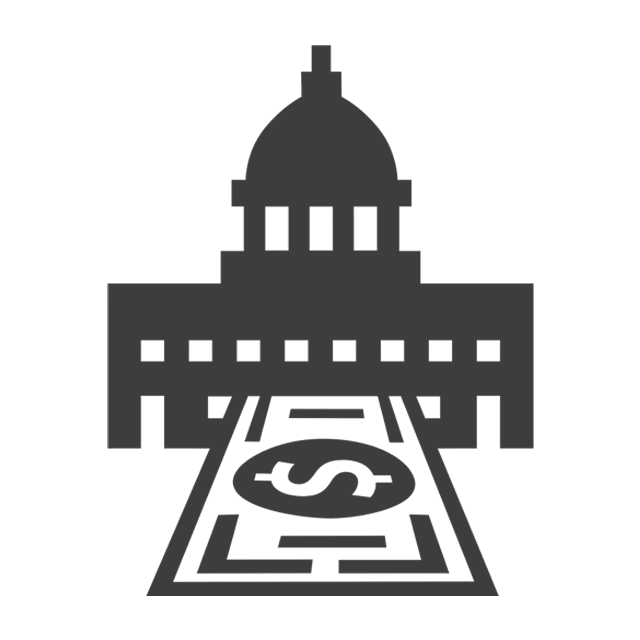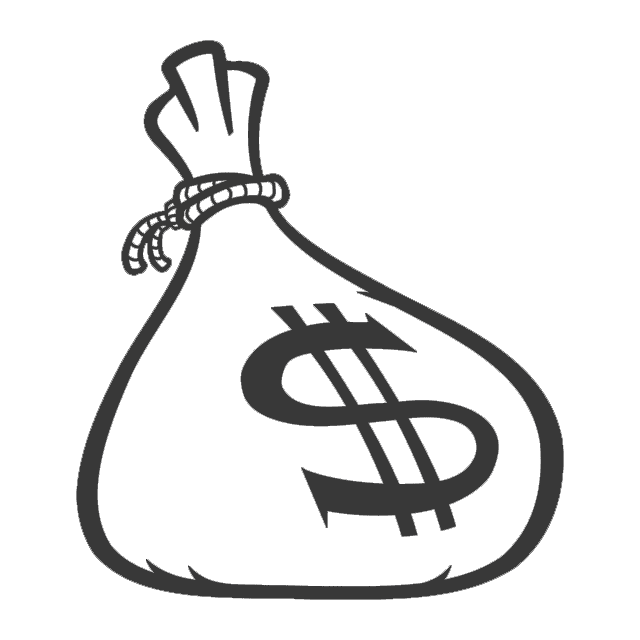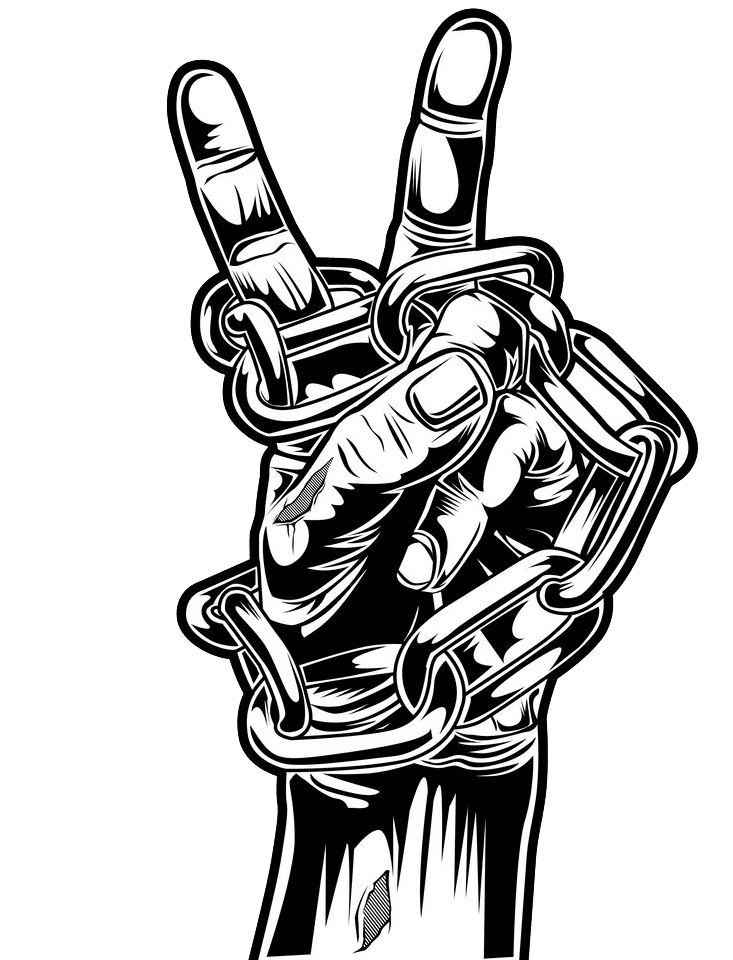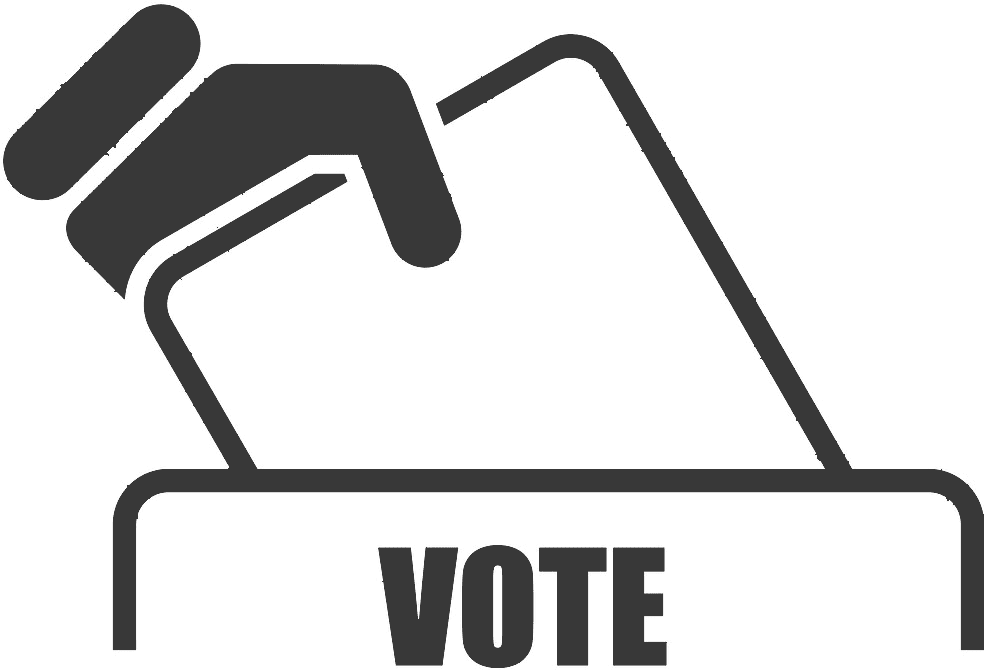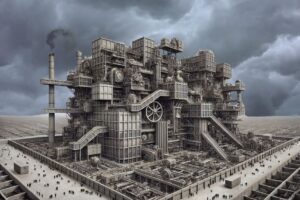President Donald Trump and former President Barack Obama have been openly attacking each other for claiming that the U.S. economy is strong because of their policies, with Obama telling the current president that while his unemployment numbers are impressive, the “recovery” had already started when he occupied the White House.

While U.S. employers created 3.58 million new jobs since Trump’s inauguration and small business owners credit Trump’s tax breaks for their increased optimism, Obama brags about his numbers because during his last 19 months, the U.S. economy had created 3.96 million jobs. Still, official numbers indicate that under Trump, the economy grew at 4.2 percent, which is a higher rate than the growth seen during the end of Obama’s term.
But no matter how many harsh words the two exchange over the economy, or how much yelling and cussing you hear from either president’s supporters, the reality is that the economic “miracle” both presidents claim responsibility for are based on little but empty promises.
The Economy, The Federal Reserve, And Its Money-Making Machine
While tax cuts are always welcome, there’s only so much that Trump’s tax plan can accomplish within an economy drowning in easy money and credit.
As Paul-Martin Foss, the president of the Carl Menger Center for the Study of Money and Banking, explained in a recent article, Obama’s era was marked by a loose monetary policy that injected (read “printed money”) trillions of dollars into the economy. This artificial manipulation of the currency leads to its devaluation, even if stock markets got a boost for some time as a result.
“According to the Fed’s own figures,” Foss explained, “over $6 trillion in money has been added to the United States’ M2 money supply over the past decade.” That is a lot of easy cash for Wall Street, and a huge threat to main street.
While the Fed continues with its loose monetary policy, tightening slightly now under Trump, the interest rates on lending remains under 2 percent. As a result, the market’s optimism continues to create a false sense of security and opportunity, creating what Foss calls “the mother of all bubbles.”
Considering that Trump is a man who has called on the Fed’s power to just “print the money” to solve problems, it’s clear that his understanding of what makes the economy “great” is flimsy at best. So, while small gains here and there can be made because of slightly less intrusive regulatory policies, neither president is correct to argue that the economy is doing well.
On paper, things might look good but underneath the surface, we’re creating the perfect conditions for greater misery, as we’re robbing the value of our hard-earned money from the hands and mouths of those in the low- and middle-income brackets.
In no time, we’ll be hearing both presidents saying they had nothing to do with the collapse we’re soon to witness.



